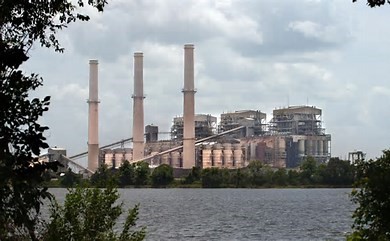Guest post: Just 15 countries account for 98% of new coal-power development: Carbon Brief
Click here to read the full article as published by Carbon Brief
Over the past 10 years, the global energy transition away from coal has accelerated. The number of countries with coal power under development (pre-construction and construction) has nearly halved from 75 in 2014 to just 40 in 2024.
In addition, nearly all of the coal-power capacity under development (98%) is now concentrated in just 15 countries, with China and India alone accounting for 86%.
This is according to Global Energy Monitor’s latest Global Coal Plant Tracker (GCPT) results, completed in July 2024. The GCPT catalogues all coal-fired power units 30 megawatts (MW) or larger biannually, with the first survey dating back to 2014.
Despite the concentration of coal-plant development in fewer countries and projections that global coal demand could be peaking, new coal-fired power station proposals continue to outpace cancellations.
In the first half of 2024, over 60 gigawatts (GW) of coal capacity was newly proposed or revived, compared to the 33.7GW that was shelved or cancelled over the same period.
This article details some of the most significant trends driving the continued development of coal across the 15 largest markets, drawing insight from the GCPT, as well as wider context.
Global overview
China
India
Indonesia
Bangladesh
Zimbabwe
Vietnam
Laos
Russia
Kazakhstan
Turkey
South Africa
Pakistan
Philippines
Kyrgyzstan
Mongolia
Global overview
Over the first six months of 2024, nearly twice as much coal capacity was proposed as was shelved or cancelled, as coal-fired capacity continues to grow globally.
This rebound in proposals is largely due to a resurgence beginning in China in 2022, followed by India in 2024. In fact, as shown in the figure below, almost all (97%) of the new and newly revived proposals in the first half of 2024 are located in China and India.
Additionally, of the 1.8GW of newly proposed capacity in the rest of the world, more than 40% is sponsored by Chinese companies.



